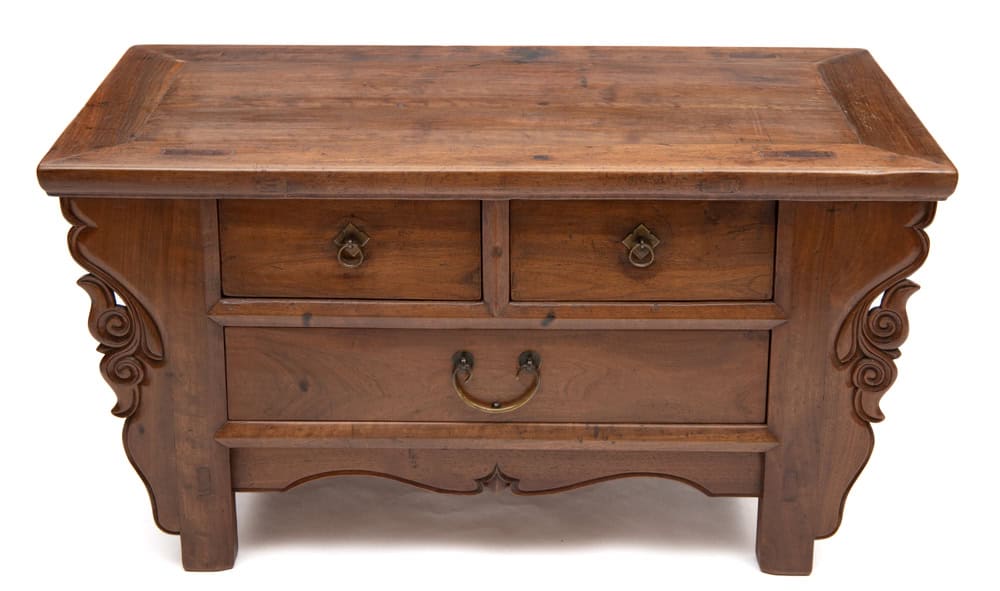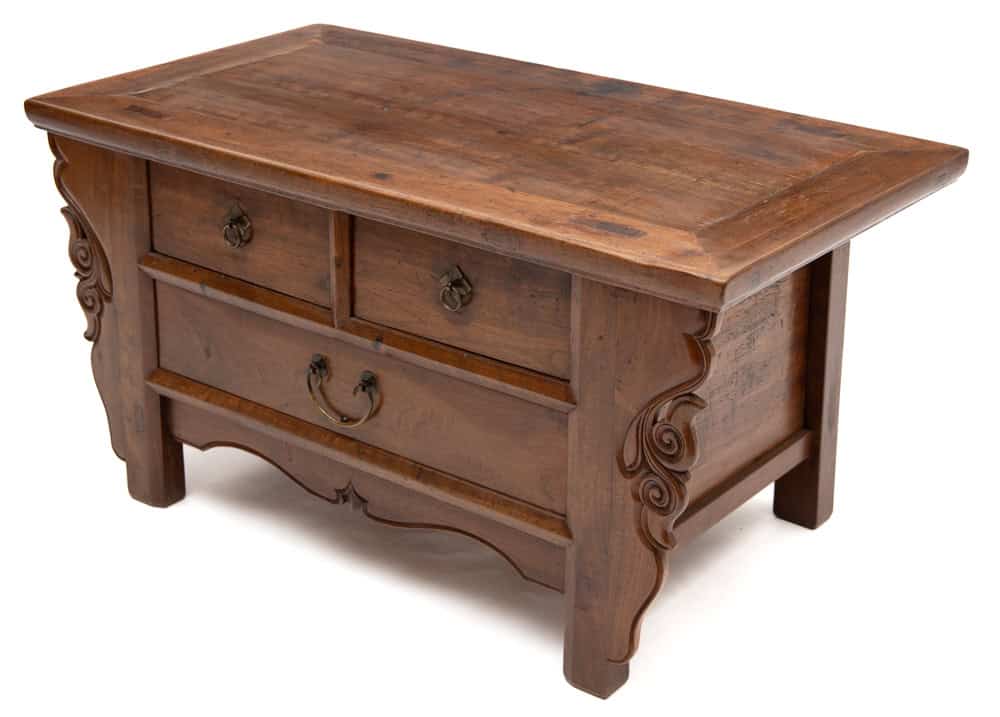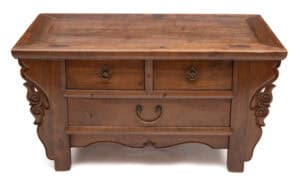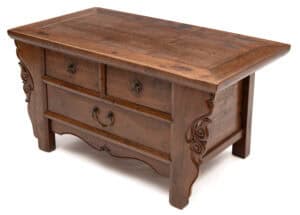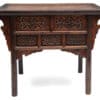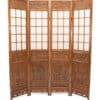Three drawer low table with wave spandrels
$2,350.00
19th century
- walnut
- 101cm W x 54cm D x 52cm H
Perfect for a coffee table this unique piece will add character and style to your loungeroom.
A shipping fee is calculated to deliver this item to the metropolitan areas of Brisbane, Sydney, Melbourne, Adelaide and Perth. Contact us to arrange a quote for delivery to other areas.
Sold
Make an EnquiryNote: Shipping of art is free in Australia

